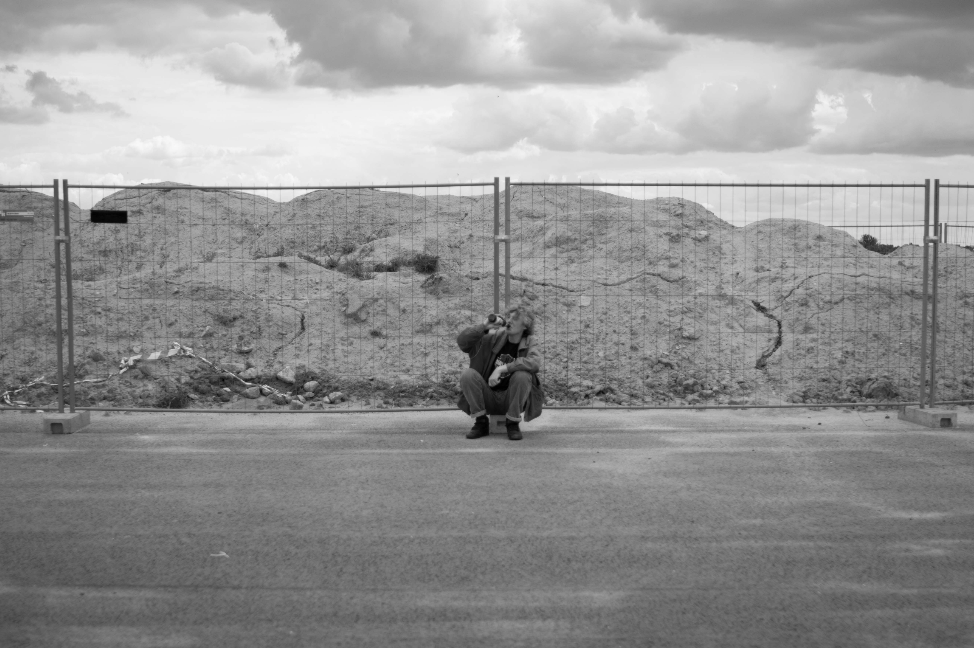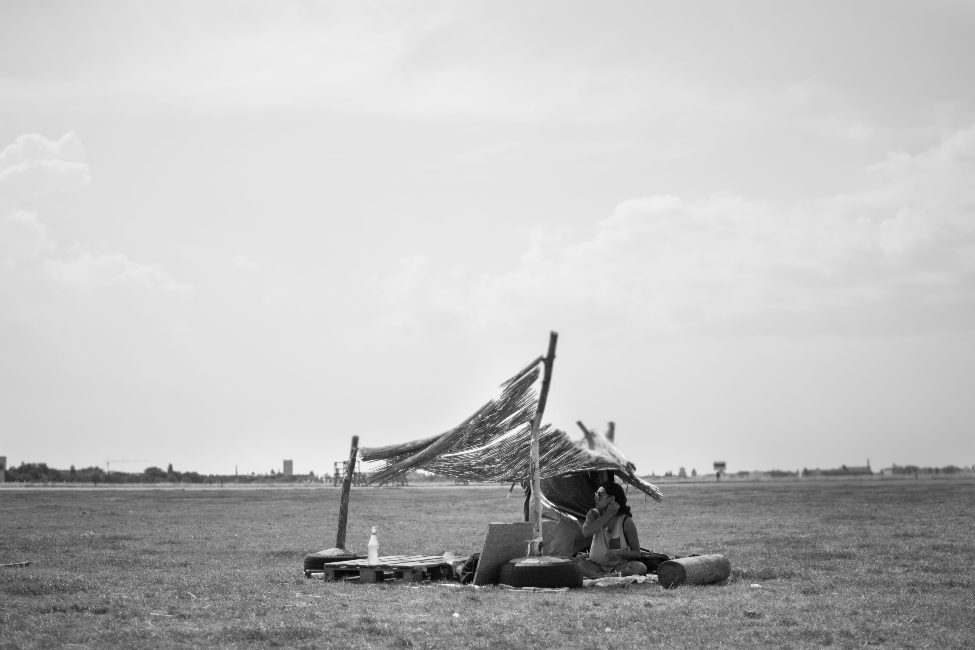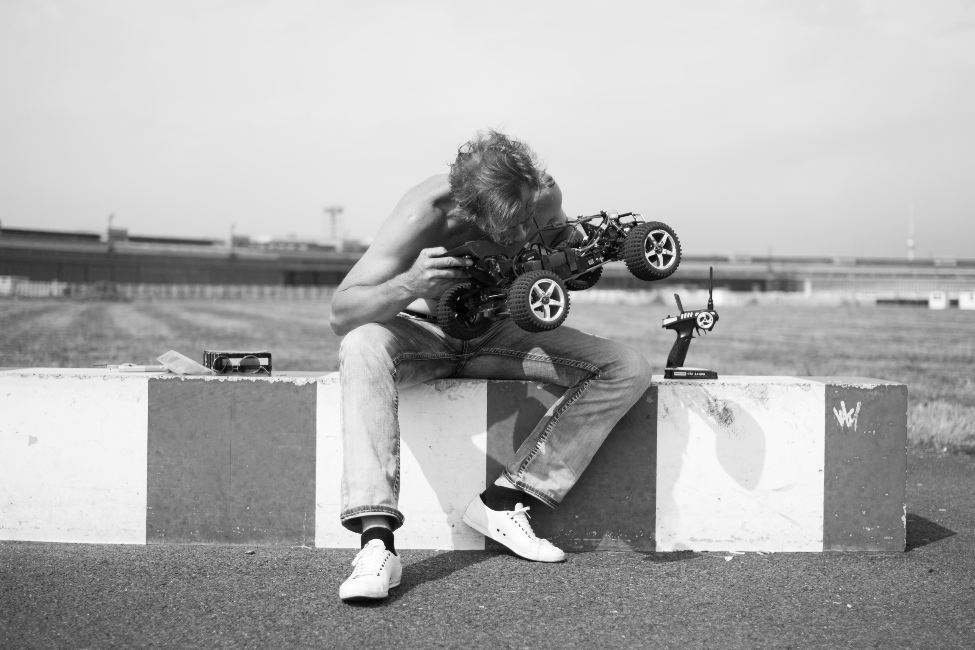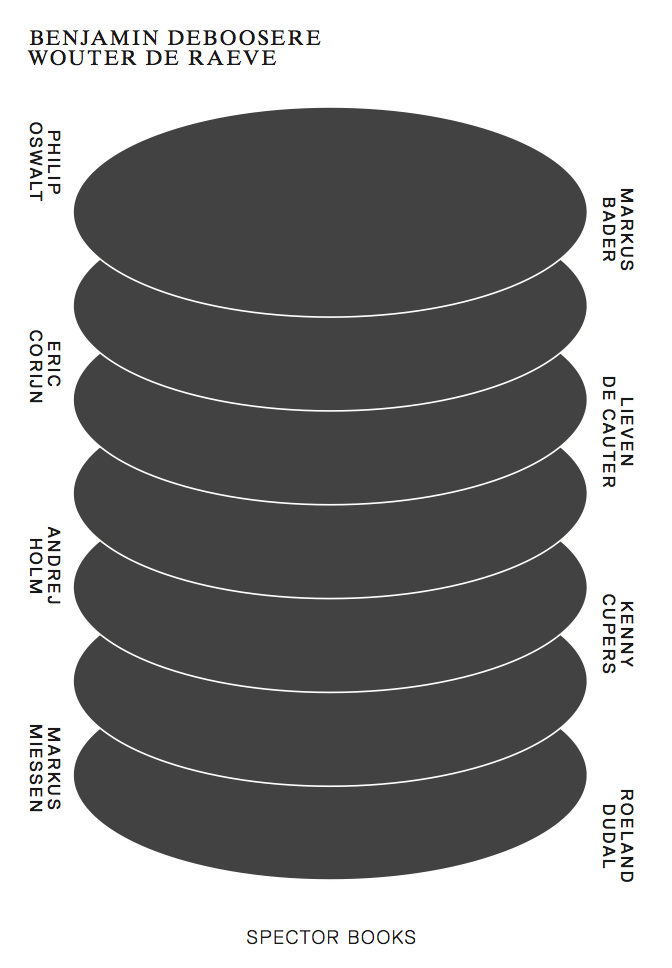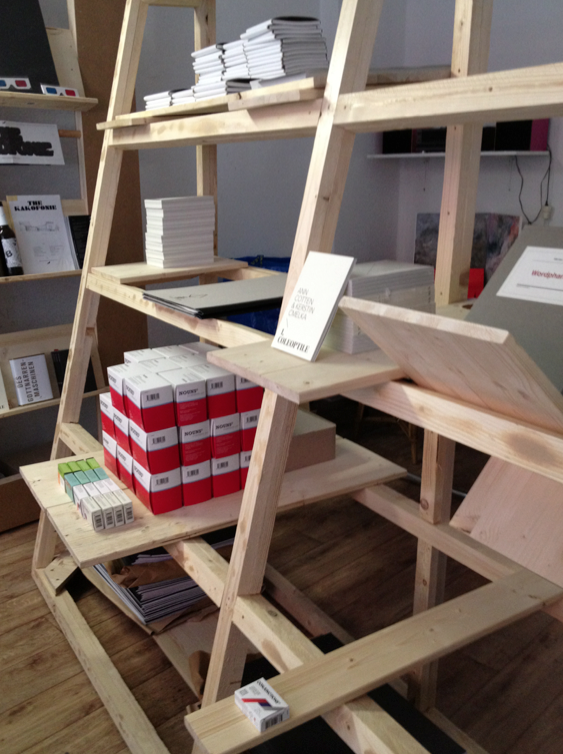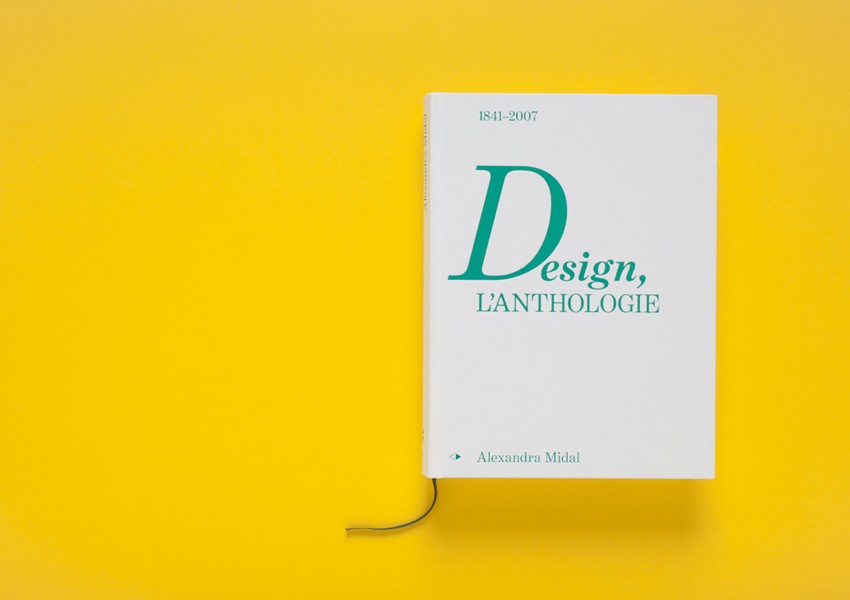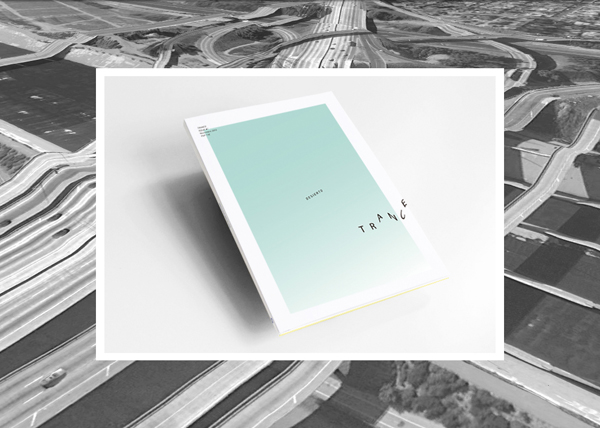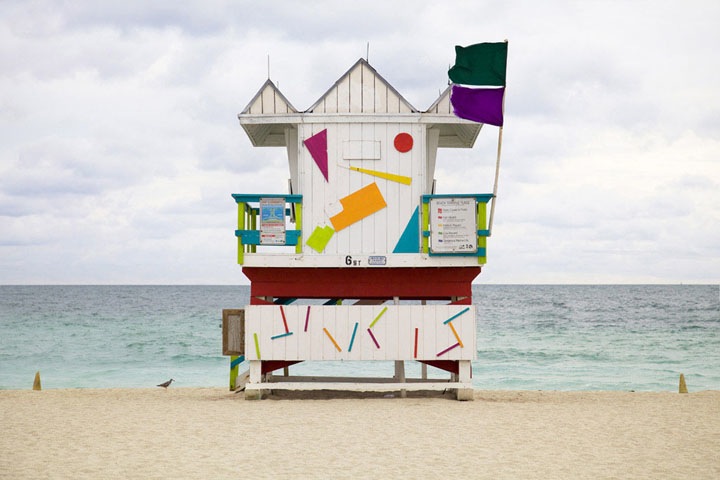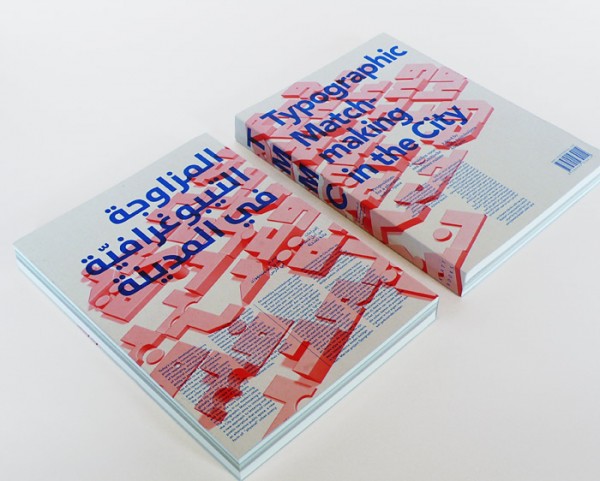On Tempelhofer Feld
Very soon, a wonderful book is coming out. A former airport in the center of Berlin, known as Tempelhofer Feld, is documented and used as starting point for a wider dialogue. Authors Wouter De Raeve and Benjamin Deboosere search, reflect and pose questions on the future role of spacial practice, architecture and urbanism through a series of interviews and loads of images. Daily life on the former airport is put on film and shows the unique and temporary situation it is in, how people use and shape a space in the brief moment before development kicks in.
A most compelling book which, I believe, interests all dealing with architecture or spacial practice in general. Sharp and critical food for thought, something which probably any student could benefit from.
As you can read, I’m very enthusiastic 🙂 The book is almost ready and pre-sales are open to give it a last push in the back. You can get your copy on the Vision Bakery website.
–
The efficiency of urban social movements has reached its limit. A vacuum seems to emerge between the identification of a spatial urgency by civil initiatives and the translation thereof into action by the governing authorities.
The question arises as to the way in which the spatial practitioner positions himself regarding these social, cultural and political changes, and as a result, what methods he will develop that go beyond the existing, institutionalized planning strategies.
Deboosere and De Raeve examine what Tempelhof’s specific case — from the closure of Berlin’s inner-city airport in 2008, the civil actions in 2010, to the referendum in 2014 — can offer within this reflection. The massive volume of photographs depicts the ways in which Berliners are using this immense space, and captures this inherently fleeting moment in the life of a city. In conversation with Markus Bader (Raumlabor), Lieven De Cauter, Eric Corijn, Kenny Cupers, Roeland Dudal (Architecture Workroom Brussels), Andrej Holm, Markus Miessen and Philipp Oswalt – eight progressive thinkers in the fields of architecture, urban planning, sociology, activism and philosophy – the various layers of Tempelhofer Feld are unraveled so as ultimately to give shape to the questions: in what way can Tempelhofer Feld contribute to a more genuinely humanizing metropolis and what role is there for the spatial practice?




